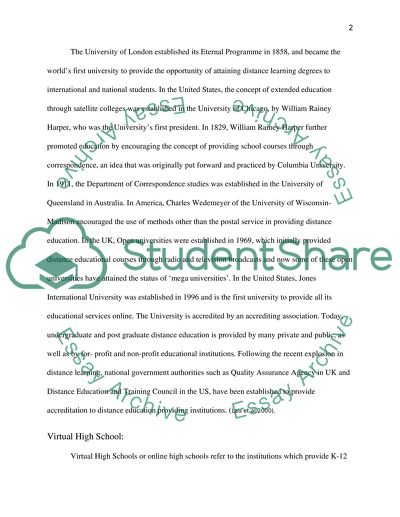Cite this document
(“Distance Learning Education Research Paper Example | Topics and Well Written Essays - 1750 words”, n.d.)
Distance Learning Education Research Paper Example | Topics and Well Written Essays - 1750 words. Retrieved from https://studentshare.org/education/1432567-distance-learning
Distance Learning Education Research Paper Example | Topics and Well Written Essays - 1750 words. Retrieved from https://studentshare.org/education/1432567-distance-learning
(Distance Learning Education Research Paper Example | Topics and Well Written Essays - 1750 Words)
Distance Learning Education Research Paper Example | Topics and Well Written Essays - 1750 Words. https://studentshare.org/education/1432567-distance-learning.
Distance Learning Education Research Paper Example | Topics and Well Written Essays - 1750 Words. https://studentshare.org/education/1432567-distance-learning.
“Distance Learning Education Research Paper Example | Topics and Well Written Essays - 1750 Words”, n.d. https://studentshare.org/education/1432567-distance-learning.


